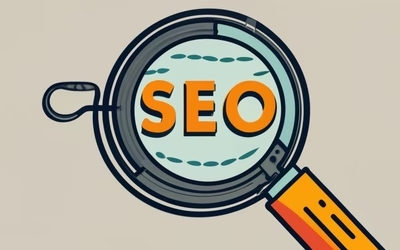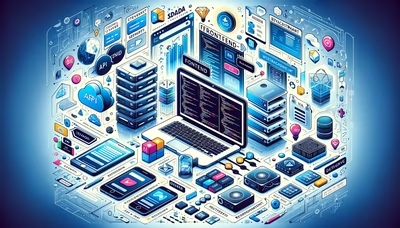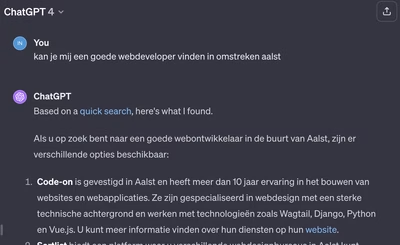Python most popular programming language
Python
By 2023, Python tops the list of most popular programming languages, according to both the TIOBE and PYPL indices. But what makes this language so attractive to developers and what does this mean for the field of Web development?

According to the TIOBE index, Python will be the most popular programming language in 2023, with a 14.82% market share. The list is further topped by languages such as C, C++, and Java. This index is updated monthly and is based on a series of indicators such as search engine queries, the number of open positions, and the number of professional developers. While the TIOBE index is useful for getting a general idea of which programming languages are currently receiving a lot of attention, it is not a definitive measure of a language's quality or applicability.
The PYPL (Popularity of Programming Language) index confirms this trend. Unlike the TIOBE index, PYPL is based solely on the number of searches for tutorials for various programming languages on Google. Like the TIOBE index, the PYPL index provides a snapshot of current trends, but not a comprehensive analysis of a language's qualities or shortcomings.
Why is Python so popular and what does it mean for web development?
Python was created in the 1990s by Dutchman Guido van Rossum. I myself was drawn to Python about 15 years ago because of its open-source nature and the readability of the language. As someone with dyslexia, it is nice to work with a language that is easy to understand. Python is suitable for a wide range of applications, from robotics and data analysis to web development.
Some reasons for Python's popularity are:
- Simplicity and Readability: The syntax is clear, making programming easier for newcomers.
- Versatility: Python is used in a variety of fields, from web development to artificial intelligence.
- Rich Standard Library: Facilitates common programming tasks.
- Community and Ecosystem: It is present in an active community that has developed many libraries and frameworks.
- Platform-independent: Code can usually run on different operating systems without modification.
- Good Integration Capabilities: Python can be easily integrated with languages such as C and C++.
- Popularity in Academic and Industrial Contexts: Widely used for research and by large tech companies.
- Rapid Prototyping: Useful in the early stages of a project.
- Support for Modern Programming Paradigms: Includes object-oriented, functional and procedural programming.
Web development is only a small part of the Python ecosystem. But the popularity of the language means that there is a rich set of expertise and libraries available. While we are certainly not writing off other languages, Python is the language of choice for us.
Wondering what all will change in the languages next 10 years.




